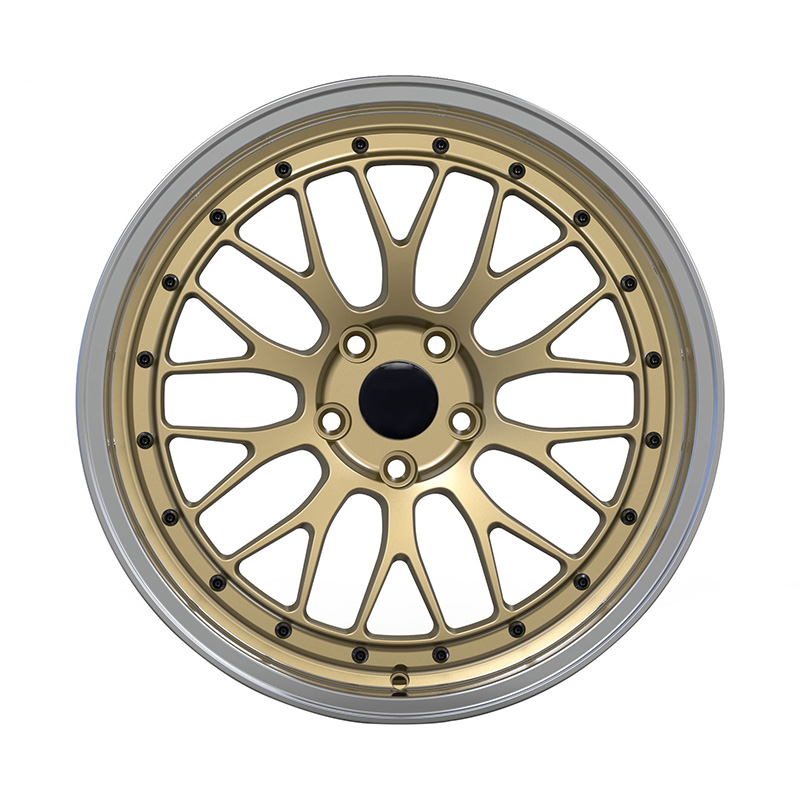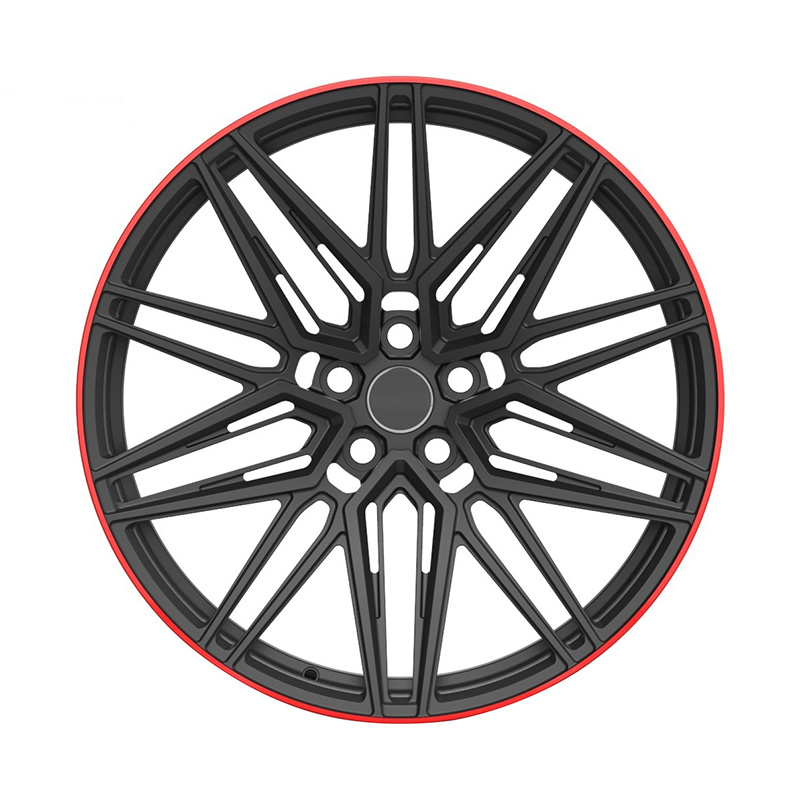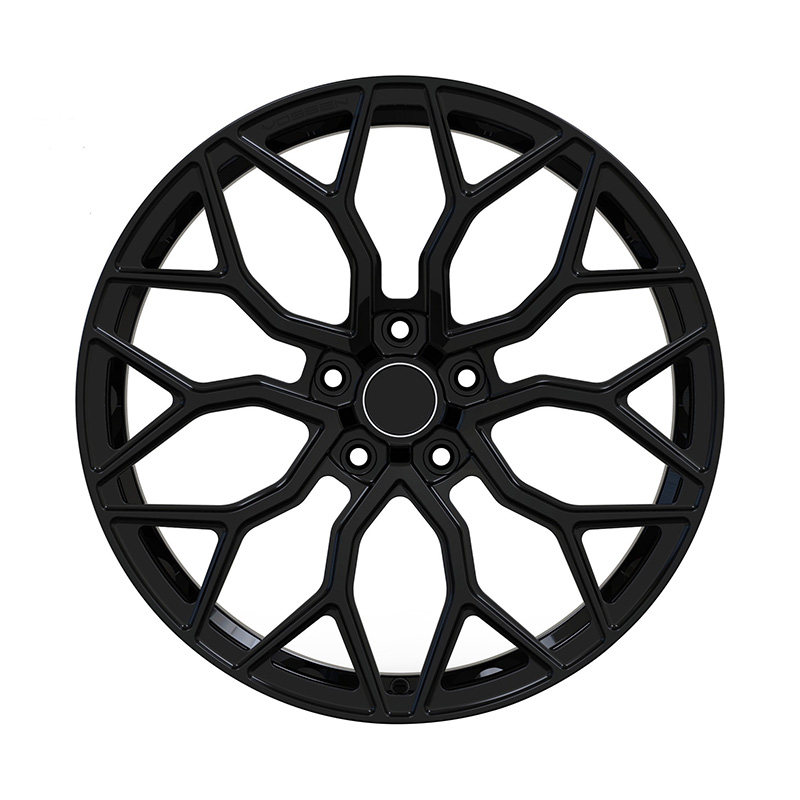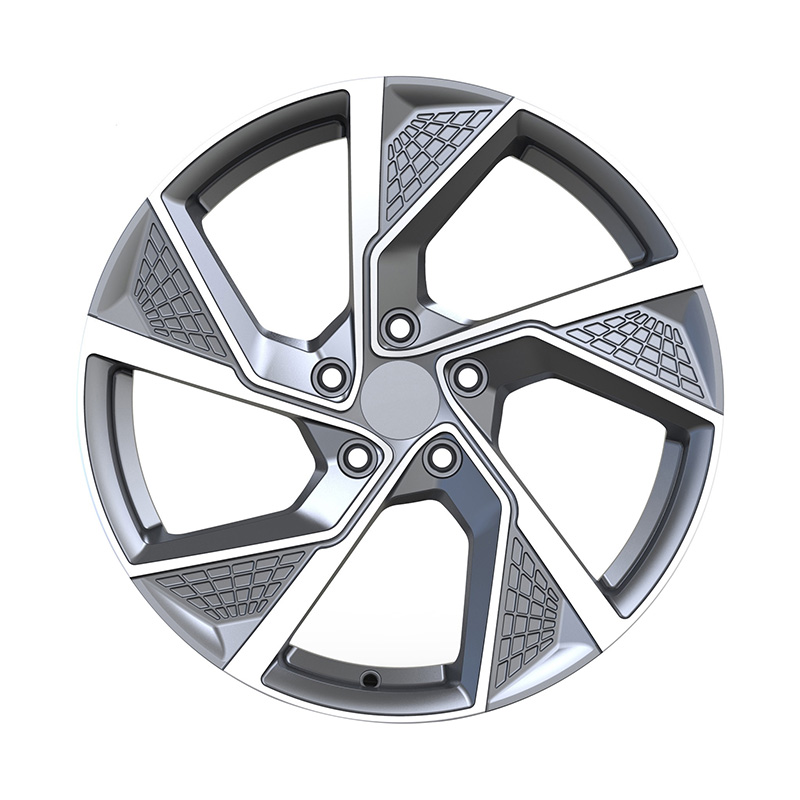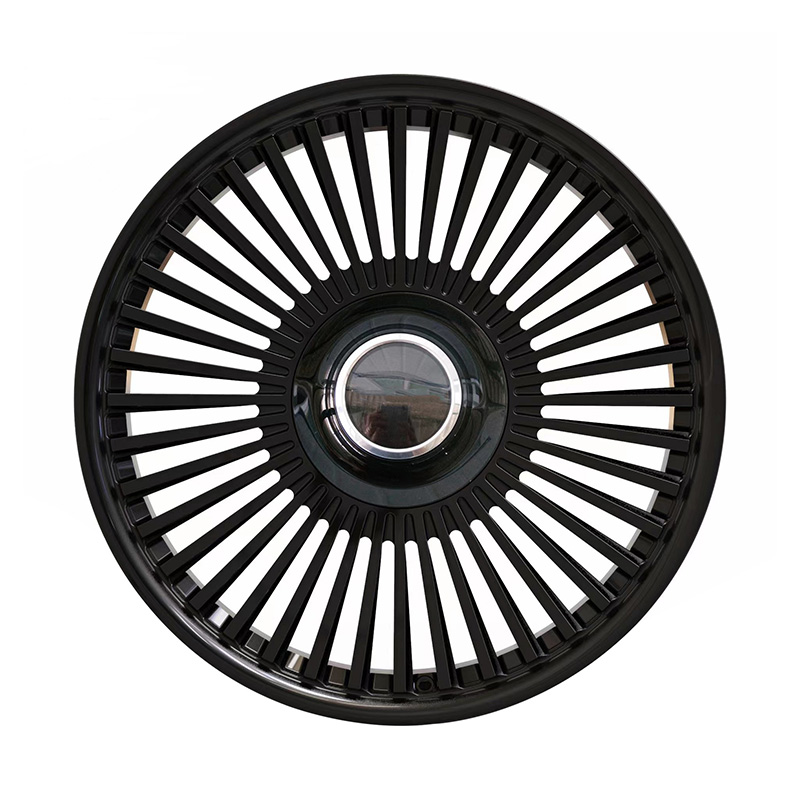
Submit
Submit feedback
Heat Treatment Methods for Custom Forged Wheels in Vehicle Modification
2025-08-07
One of the key technologies determining the performance of forged wheels is the heat treatment process, including temperature control during forging and subsequent strengthening treatments. These heat treatment methods directly affect the wheel's strength, toughness, fatigue life, and overall structural integrity.
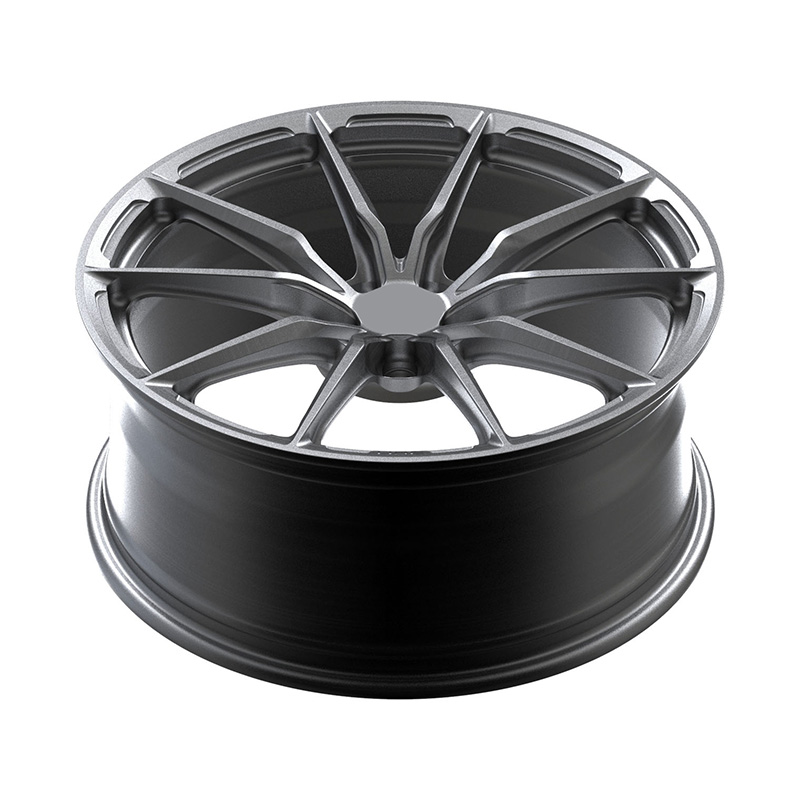
1. The Impact of Forging Temperature on Material Properties
Forging temperature is one of the critical parameters in the manufacturing process of custom forged wheels. Aluminum alloys commonly used in forging, such as 6061-T6 or 7075-T6, need to be heated to an appropriate temperature before forging, generally between 400°C and 500°C. Materials within this temperature range exhibit good ductility, allowing for efficient die forging and minimizing defects such as cracks and shrinkage cavities. Furthermore, an appropriate forging temperature can refine the grain size, improve the wheel's density, and thus enhance its tensile strength and fatigue resistance.
If the forging temperature is too high, the aluminum alloy will coarsen and reduce strength; while if the temperature is too low, it will increase forging pressure and easily cause cracking. Therefore, researching and controlling the optimal forging temperature range is a key technical challenge for custom forged wheel manufacturers.
2. The Role of Post-Processing Processes
After forging, custom forged wheels typically undergo a series of post-processing heat treatments to further optimize their microstructure and enhance their overall performance.
Solution Heat Treatment
Solution heat treatment involves heating the forged wheel to a specific temperature (such as 540°C), holding it for a period of time, and then rapidly quenching it. This aims to dissolve strengthening elements (such as magnesium and silicon) in the alloy into the matrix, forming a supersaturated solid solution and preparing the material for subsequent aging treatment.
Aging Treatment
After solution heat treatment, the wheel undergoes either artificial or natural aging to promote the formation of precipitation-strengthening phases. For example, the tensile strength and yield strength of 6061 aluminum alloy significantly increase after T6 aging. By adjusting the aging temperature (e.g., 160°C to 180°C) and time, the amount and distribution of precipitated phases can be controlled, thereby adjusting the hardness and toughness of the wheel.
Relief of Internal Stress
During the forging and heat treatment processes, residual stresses easily accumulate within the wheel. If not promptly released, they may cause deformation or cracking during subsequent use. Therefore, some manufacturers use low-temperature annealing or isothermal treatment techniques to slowly cool the wheel, thereby stabilizing its microstructure and extending its service life.
3. Structural Integrity Assessment and Optimization
Structural integrity is one of the most important performance indicators of a custom forged wheel. By optimizing heat treatment parameters, manufacturers can achieve a denser and more uniform metal structure, thereby improving fatigue resistance and reducing the likelihood of cracking.
Advanced research methods, such as metallographic microanalysis, X-ray nondestructive testing, and finite element stress simulation, are widely used in the evaluation of heat treatment processes. These techniques help engineers identify potential structural defects during the heat treatment process and adjust process parameters promptly to ensure that each wheel maintains structural stability and high safety under high-speed driving, severe cornering, and extreme temperature fluctuations.
With the continued growth of the high-performance vehicle and electric vehicle markets, demand for custom forged wheels continues to grow in automotive modification. To meet the dual demands of performance and safety, research into forging temperature control and post-processing heat treatment processes will increasingly become a core competency for manufacturers. Only through scientifically precise heat treatment processes can high-quality forged wheels be produced that combine lightweighting, strength, and durability, providing consumers with a superior driving experience.
recommend products
-
Zhenlun Multi Spokes Split Monoblock Forged Wheels Bronze With Silver Lip Edge
-
Zhenlun Matt Black With Red Lip Monoblock Forged Wheels
-
Zhenlun Gloss Black Monoblock Forged Wheels Gloss Black For Sports Car
-
Zhenlun Monoblock Forged Wheels Lightgrey With Machined Face
-
Zhenlun Monoblock Forged Wheels Gloss Black Dense Multi Spoke

 0
0

